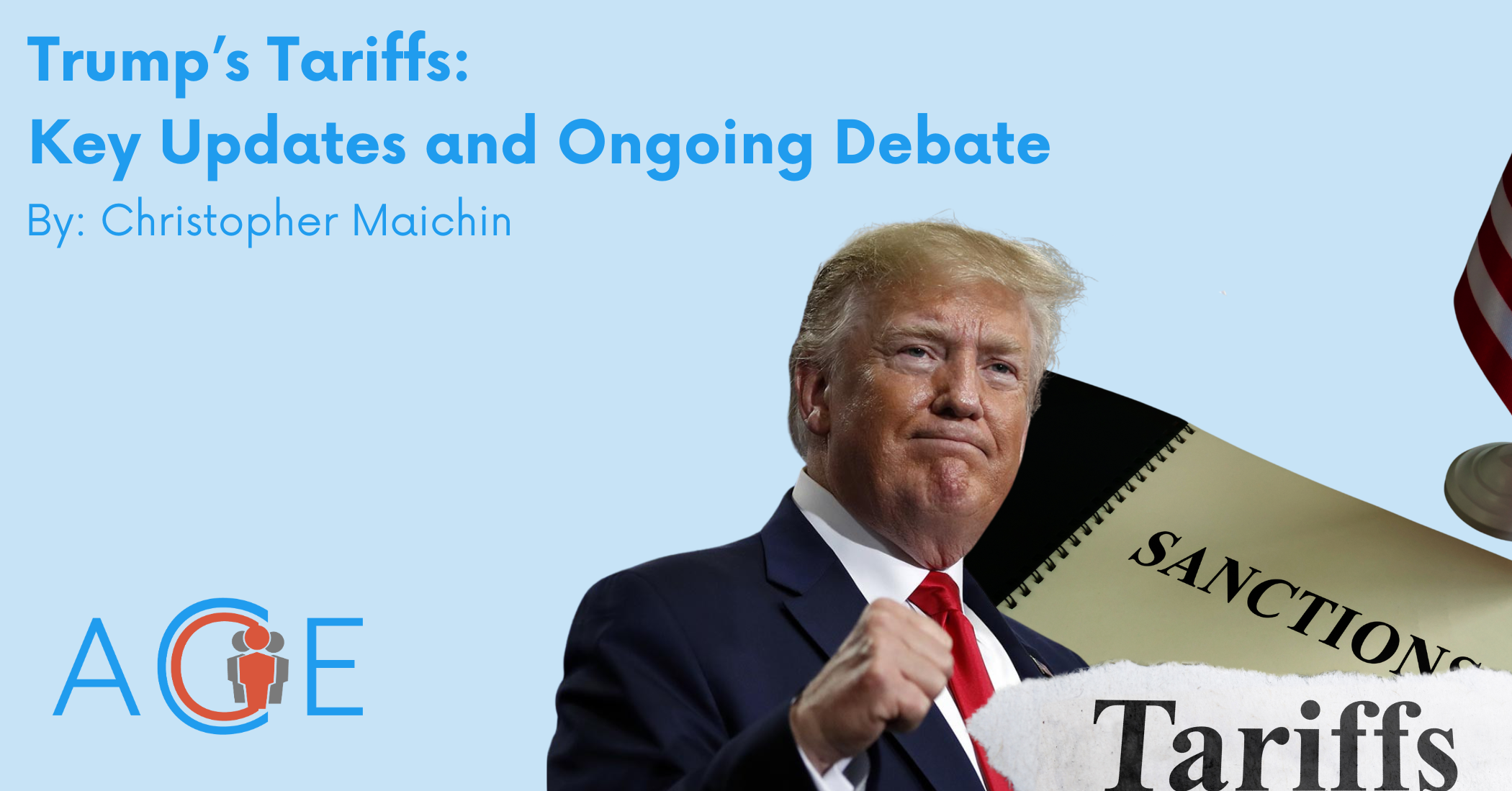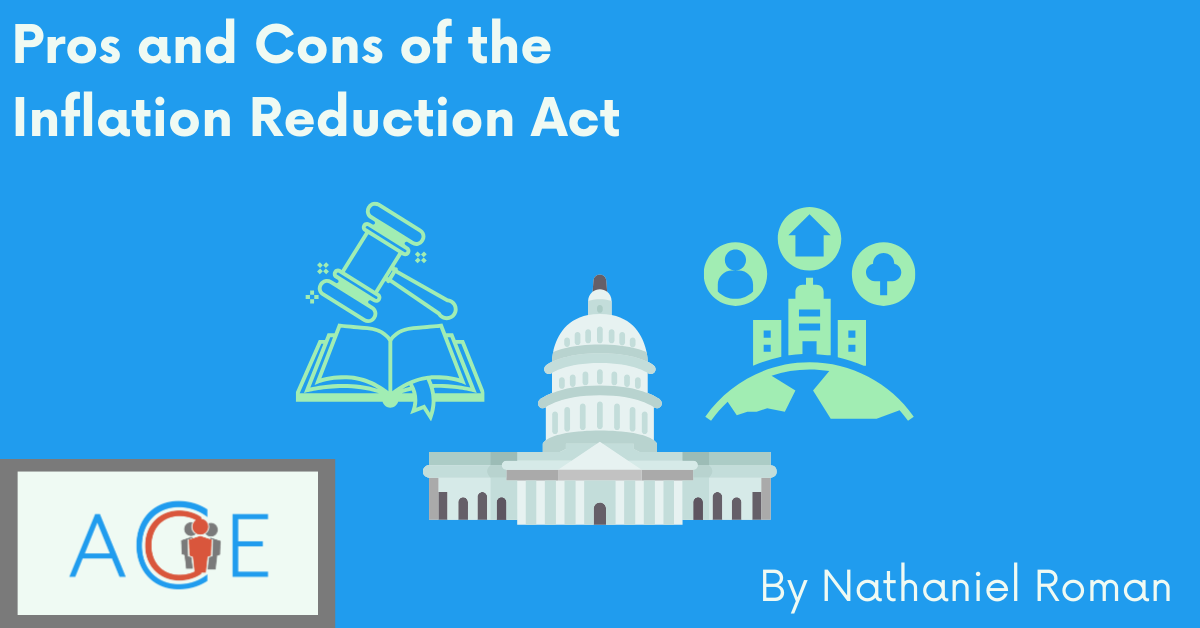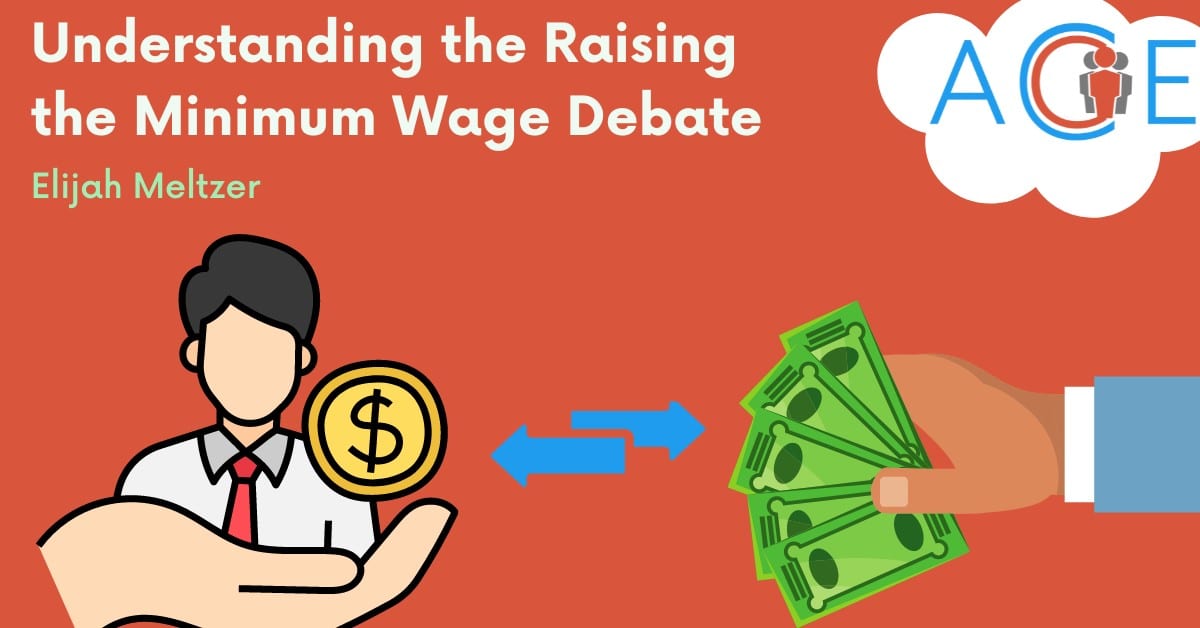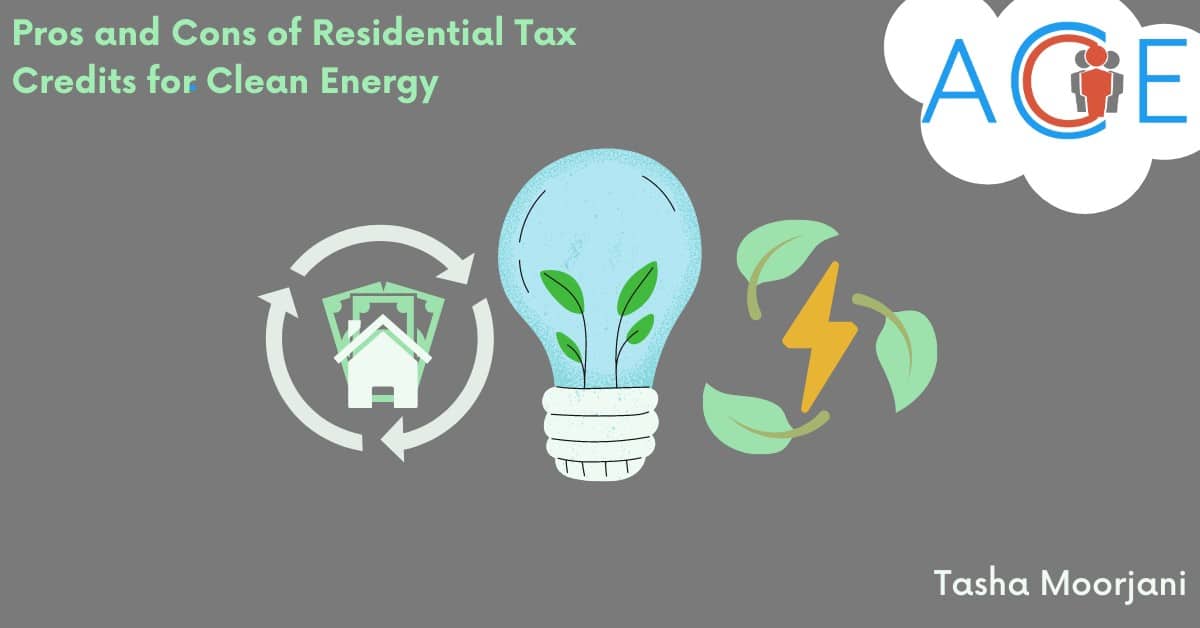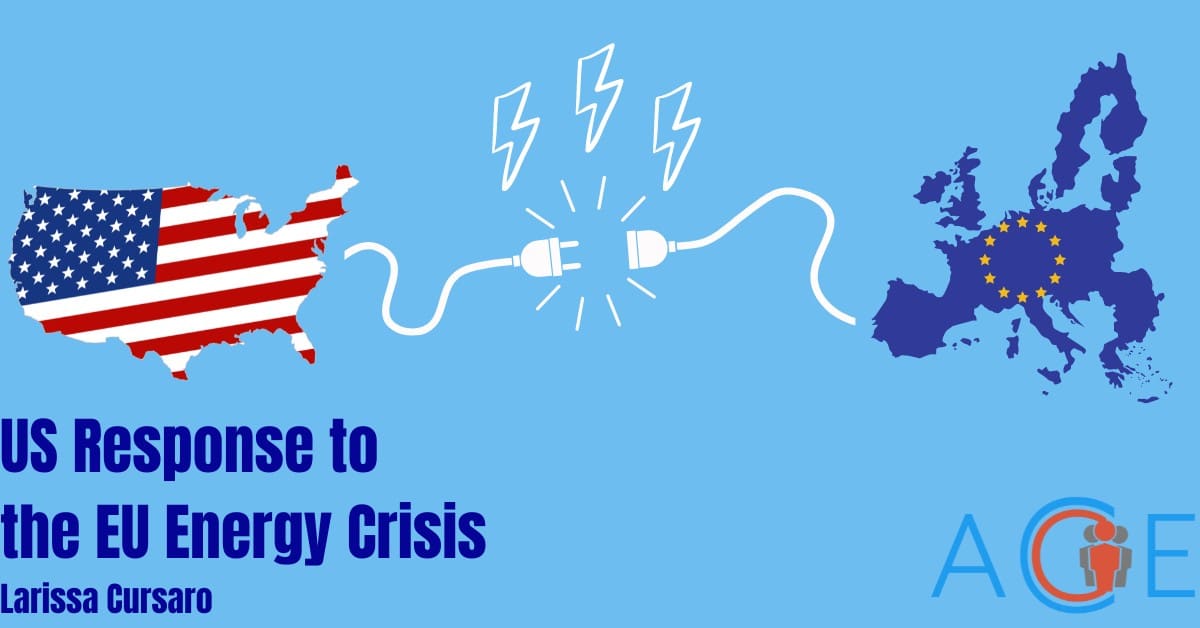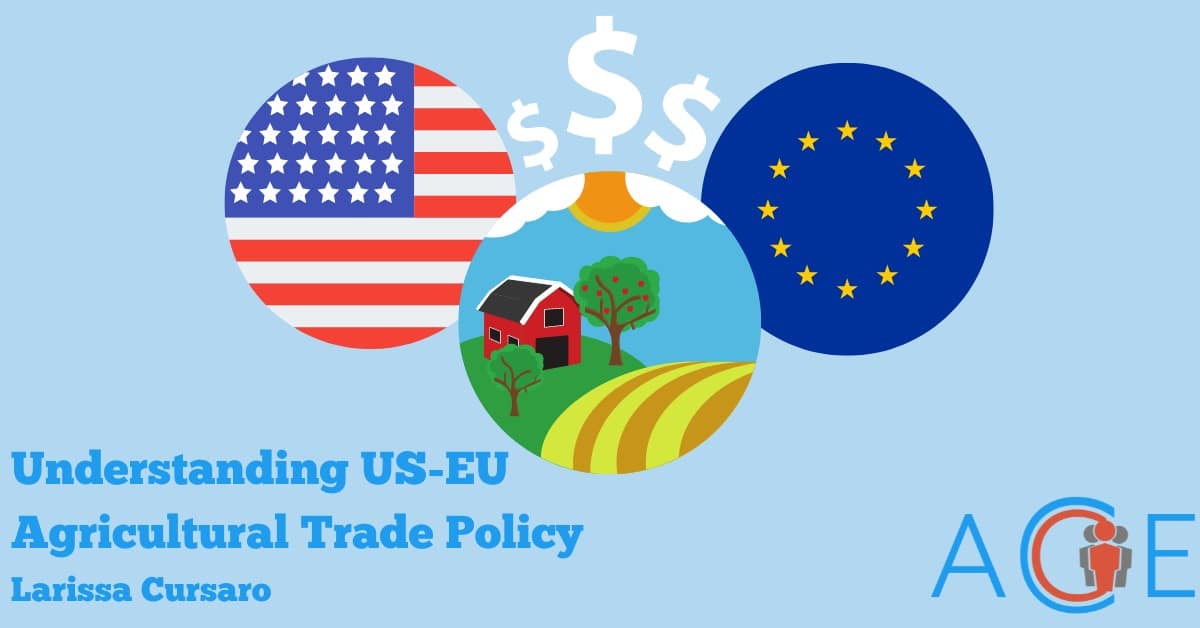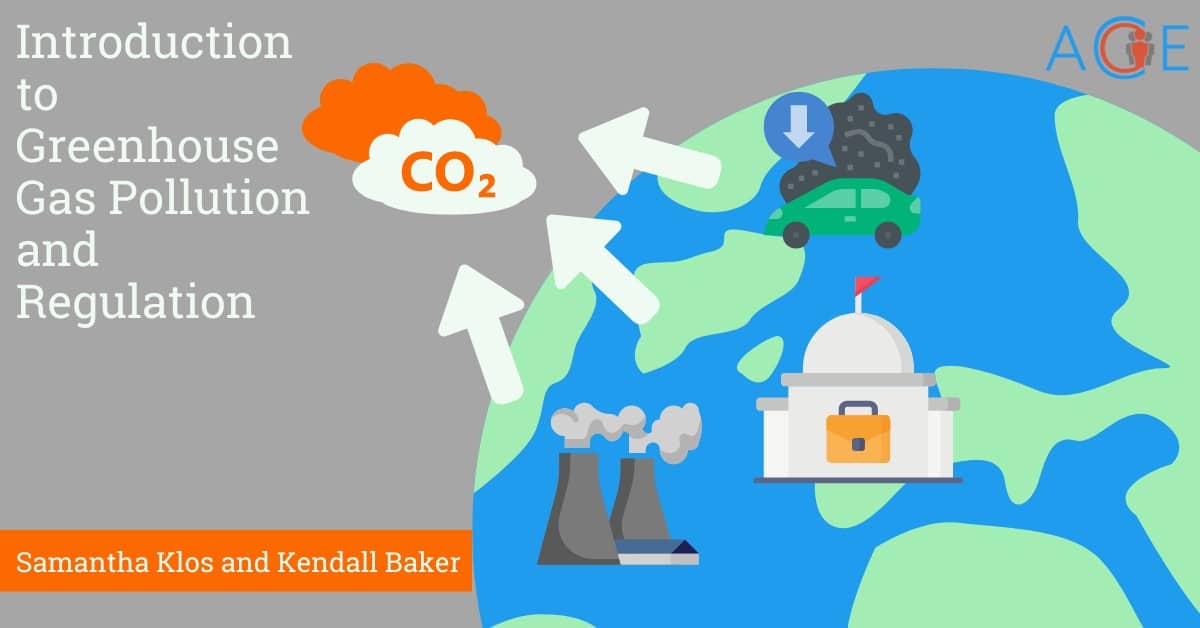Introduction
The Child Tax Credit (CTC) is a tax benefit granted by the government to American taxpayers for each qualifying dependent child under the age of 18 at the end of the tax year. The CTC provides money to support American families by making it more affordable to raise children and by helping them save for their children’s future. To qualify for the CTC, the taxpayer’s dependent must also be an immediate relative or their descendant, have lived with the taxpayer for more than half the year, provide no more than half of their own financial support, and possess a Social Security Number that is valid for employment in the United States. In addition to the federal government, twelve states currently offer the CTC to enhance the economic security of families with children, particularly those in the lower to middle income brackets. The value of both federal and state tax credits is determined primarily by income level, marital status, and number of dependent children.
Passed by Congress, the federal government first established the CTC as part of the 1997 Taxpayer Relief Act. Under this act, the tax credit was $400 for each child under 17 and nonrefundable. When the child tax credit was initially enacted, it was primarily a nonrefundable tax credit for middle-income families with children. Through legislative changes, eligibility for the credit has expanded to both lower and higher-income families, and the amount of the credit has also generally increased for recipients.
Refundable vs Nonrefundable Child Tax Credit
In 2001, the tax credit amount increased and was made refundable to coordinate with the Earned Income Tax Credit (EITC), a refundable earned income-based tax credit available to lower income workers. The refundable portion is called the Additional Child Tax Credit. In 2012, the American Taxpayer Relief Act increased the value of the federal child tax credit to $1,000 and increased the income threshold to correspond with the earned income tax credit. By 2017, the Tax Cuts and Jobs Act doubled the tax credit to $2,000 and made limits to the refundable amount of up to $1,400 per child. The act will expire on December 31, 2025.
The CTC is nonrefundable and deducted from the amount of income tax a family owes. Hence, if a family owes $6,000 in taxes and is eligible for a $2,000 CTC, its remaining tax that needs to be paid would be $4,000. However, if a family owes $3,000 and its Child Tax Credit is $4,000, its tax bill would be $0. The taxpayer could receive a $1,000 refund from the remaining CTC through the Additional Child Tax Credit. The Additional CTC is a refundable credit that you may receive if your CTC is greater than the total amount of income taxes you owe. Therefore, if a family is eligible for a $2,000 CTC and its taxes are only $1,000, the remaining $1,000 credit would be refunded.
The Child Tax Credit on a State Level
In addition to the federal CTC, twelve states—California, Colorado, Connecticut, Idaho, Maine, Maryland, Massachusetts, New Jersey, New Mexico, New York, Oklahoma, and Vermont—have enacted their own CTC. All but three of these states—Idaho, Maine, and Oklahoma—have made the CTC refundable. Eligibility requirements differ among states’ child tax credits. The COVID-19 pandemic worsened economic burdens for many families, and recent legislative trends suggest states are increasingly considering a CTC. Since 2019, Hawaii, Illinois, Iowa, Kansas, Michigan, Missouri, Oregon and West Virginia have introduced legislation to create state-level child tax credits. California and New York have both introduced legislation to expand their current state CTC.
The Child Tax Credit on a Federal Level
In 2021, President Joe Biden unveiled a $1.9 trillion legislative package, the American Rescue Plan Act (ARPA), to provide economic relief to working families, communities, and small businesses across the nation due to the COVID-19 pandemic. Under the ARPA, the CTC temporarily increased from $2,000 per child to $3,000 per child for children over the age of six and from $2,000 to $3,600 for children under the age of six, and raised the age limit from 16 to 17. Families qualified if their annual income did not exceed $150,000 for those filing a joint return and for qualified widows or widowers, $112,500 for those filing as the head of their household, or $75,000 for a single filer or one who is married and filing a separate return. Parents and guardians with higher incomes were considered eligible to claim a partial credit.
The ARPA temporarily made the tax credit fully refundable and paid out half of the total credit in monthly payments for the first six months rather than once per year. The monthly payments ran from July to December 2021, with families receiving in cash up to half the credit’s total value. That included $300 per month for each child under age 6 and $250 per month for each child ages 6 through 17. Families received the remaining credit when they filed their tax returns in 2022. The CTC enacted in the ARPA was valid until 2021. As of 2022, the child tax credit has reverted to $2,000 per child under 17 with no advance monthly checks. According to his Build Back Better Agenda in the ARPA, President Biden states that this new Child Tax Credit should be extended for years to come. However, conservative politicians call for a revised CTC as they find weaknesses in President Biden’s CTC.
Arguments for the Child Tax Credit Expansion
With the expanded CTC from the ARPA being a temporary action, President Joe Biden and Congressional Democrats have proposed extending it through 2025, or even making it a permanent action. The Social Policy Institute’s Child Tax Credit Panel Survey studies the effect of the expanded CTC on families using a probability-based online panel, which surveys a nationally representative group of 1,782 American parents eligible for the credit and a comparison group of 2,015 ineligible households. The survey specifically compares the employment, well-being, and financial security outcomes of families before and after receiving six months of CTC payments. The results showed that families used the CTC refunds to cover routine payments without reducing their employment. The most common reported uses for the CTC were: housing and utilities (70%), clothing or other essential items for children (58%), purchasing more food for the family (56%), saving for emergencies (49%), and paying off debt (42%). Eligible families experienced improved nutrition, decreased reliance on credit cards and other high-risk financial services, and made long term educational investments for both parents and children.
The expansion helped families recover from the COVID-19 pandemic in 2021, reducing child poverty by roughly 30%. These monthly payments had this impact on child poverty because the expansion of the ARPA lifted restrictions on the child tax credit. Under the old rules, at least 23 million children didn’t qualify to receive the full benefit because their families didn’t earn enough. The first payment in July kept 3 million children out of poverty, and the monthly child poverty rate fell from 15.8% to 11.9%. By December, the CTC was keeping 3.7 million children out of poverty. After six months the child tax credit payments have, in effect, reduced child poverty in the U.S. by about 30%. Around 70% of CTC recipients who were negatively affected by inflation said the CTC payments helped them to better manage higher prices. After the payments stopped however, the child poverty rate increased by 41% between December 2021 and January 2022.
Arguments Against the Child Tax Credit Expansion
Policymakers that oppose the CTC expansion argue that it costs taxpayers too much. According to the Tax Policy Center, the price of reverting to the CTC benefits prior to the ARPA for 2022 would be approximately $125.5 billion of total tax expenditures. In comparison, continuing the expanded CTC would cost about $100 billion more than reverting. Thus, Congressional Republicans including Senator Mitt Romney, Richard Burr, and Steve Daines suggest a CTC proposal of their own.
In their Family Security Act 2.0 proposal, families would receive monthly cash benefits amounting to $350 per month for each child under the age of 5 and $250 per month for each child from the ages 6 to 17. The benefit would be limited to up to six children annually. In order to receive the full benefit, families would have to earn $10,000 in the previous year. Those who earn less than $10,000 would have their credits reduced proportionally to their earnings. For high income families, the proposed CTC would start to phase out at $200,000 in income for single filers and $400,000 for joint filers. For every $1,000 earned above those thresholds, the credit would be reduced by $50. The Earned Income Tax Credit would undergo cuts to both the phase-in rate and the maximum credit available to single parents and married couples with children. In total, those changes represent an annual savings of $92.9 billion.
The EITC is a tax refund believed to be an incentive for work because it is based on taxpayers’ income. Up until the expanded CTC of the ARPA, the CTC was similar to the EITC in that a taxpayer received credit based upon how much they worked. However, President Biden eliminated that feature and provided a CTC to everyone. Hence, those who oppose the expanded CTC are concerned that it will eliminate an incentive to remain in the workforce. The incentive to work can be explained by the substitution effect in economics. In other words, if wages increase, then work becomes relatively more profitable than leisure. If someone can have enough money without working, fewer people might work. In a recent study based on data that combines information from the Current Population Survey with administrative data on earnings, retirement income, federal benefit programs and taxes, it was initially confirmed that child poverty would drop 34% with Biden’s expanded CTC. However, applying the substitution effect modeled that 1.3 million workers would drop out of the workforce because of the money provided by the CTC. Child poverty would then only decrease by 22%.
